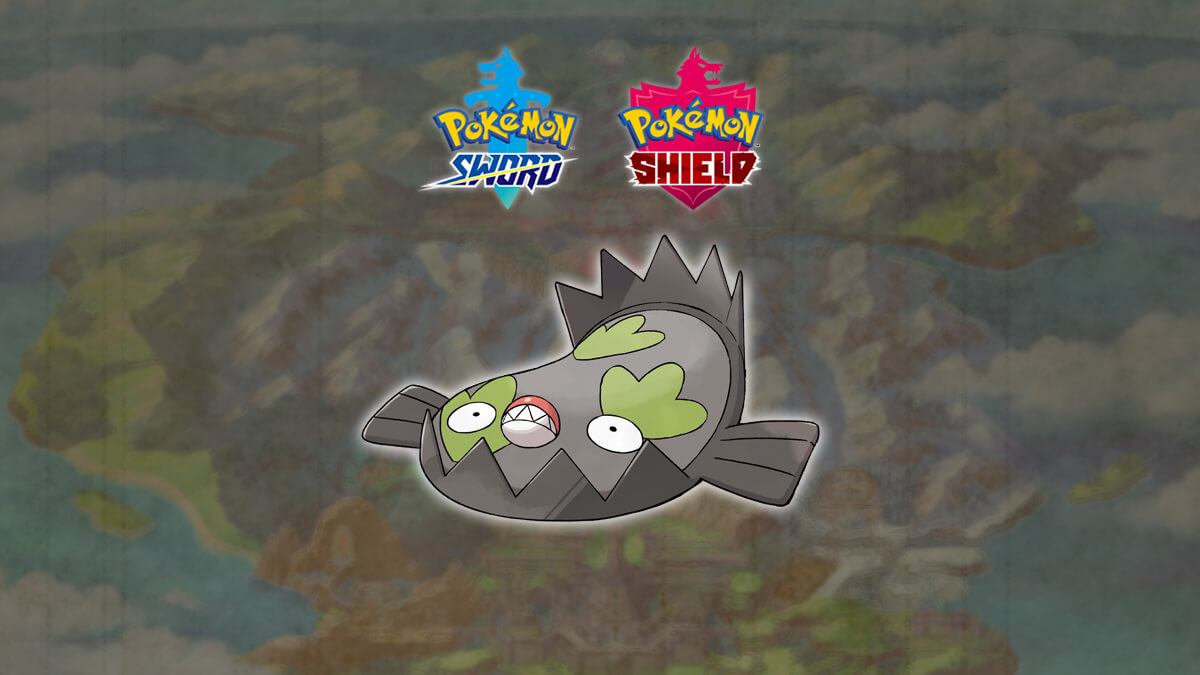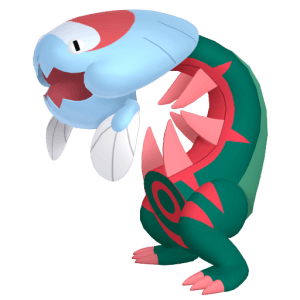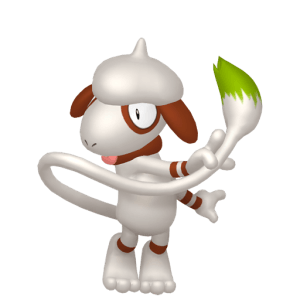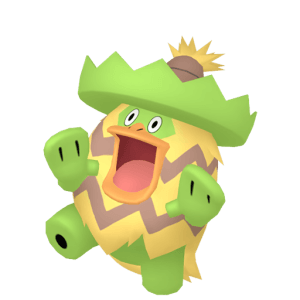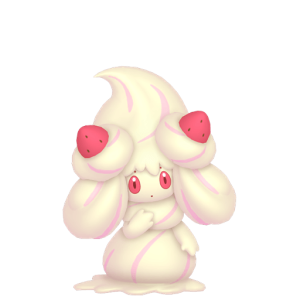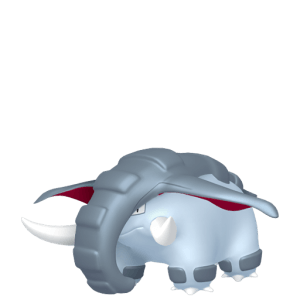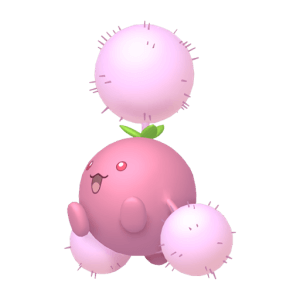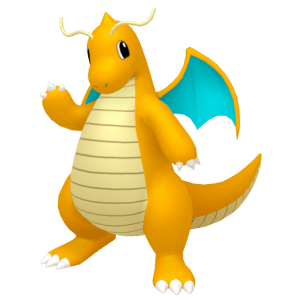In this recurring series, I’ll analyze the origins of Pokémon designs, their culture, and their historical allusions to British culture.
Galarian Stunfisk
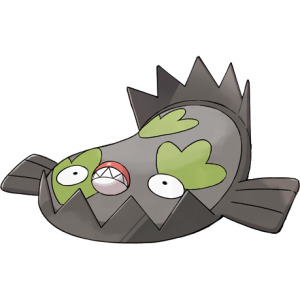
Stunfisk was introduced in the fifth generation as a Ground and Electric-type. Known as the Trap Pokémon, it lurked in swampy mudflats waiting for something to step on it.
Stunfisk has received a Galarian form that keeps its moniker as the Trap Pokémon, but now is based on a different kind of trap. Its typing is now Ground and Steel, although its type may change further due to its Mimicry ability. Its type will reflect the terrain around it if a terrain is set.

Its design is based on a foothold trap, a controversial trap that has been used by hunters for many centuries. It was invented in Europe originally to catch trespassers on large estates, lending to its original name of a mantrap. Later, it began to be manufactured for catching animals.
These traps have a pressure pad in the middle with serrated teeth carefully set on the sides. Hunters would place leaves or shrubbery around the trap, allowing it to blend into the terrain, along with bait gingerly placed on the pad. When the hunted animal places it legs on the pad, the teeth snap around the legs, both inflicting pain and preventing it from moving away.
In this role, Stunfisk fits very well. Its Mimicry ability alludes to its nature of hiding depending on the local terrain. Its green splotches also seem to be an allusion to camouflage patterns that are used to help it blend in.
Living in mud with a high iron content has given it a strong steel body.
Its conspicuous lips lure prey in as it lies in wait in the mud. When prey gets close, Stunfisk clamps its jagged steel fins down on them.
In Sword and Shield, this Pokémon appears in several locations in the wild. You may see something resembling a Pokéball in the ground. If you step over it, the Stunfisk will appear out of ground and snap its body in half.
This behavior also is reflected in its signature move Snap Trap. It is a Grass-type move that will trap the opponent and do damage each turn. This is similar to other moves like Fire Spin and Whirlpool.
In recent decades, there has been an effort to move away from foothold traps on the basis of animal cruelty. Trapped animals may be in deep pain for hours with no way to be freed. It was largely banned in England in 1827 except against burglars and has since been banned or restricted in 85 other countries around the world.
Conclusion
Stunfisk’s design origins may be banned, but it will continue on as a Pokémon connected to the history of hunting and security in the United Kingdom. The tool has been reflected in its design effectively, and its signature move and ability provide strong allusions.
Overall, Stunfisk is not necessarily a Pokémon you’d expect to get a Galarian form, but the form fits into both its design inspirations and the original spirit of Stunfisk.
Let us know what you think of this Galarian Stunfisk in the comments below or share your thoughts in our Discord server.
PSST! Don’t forget to enter our July giveaway for a Pokémon plushie!

